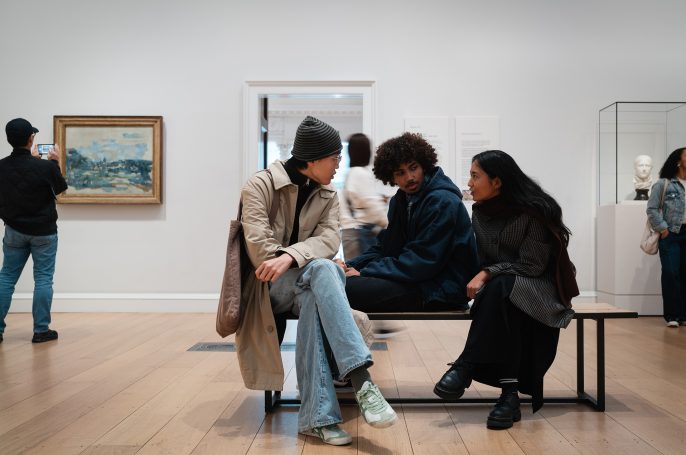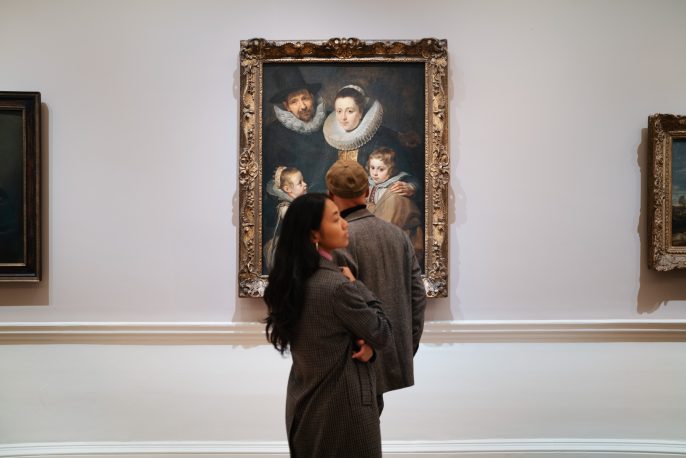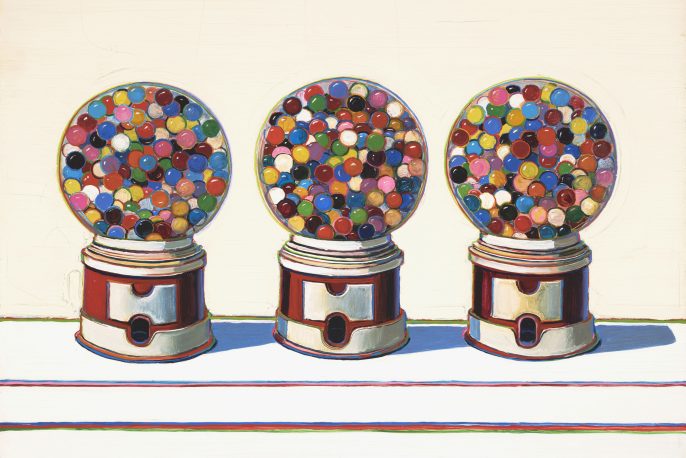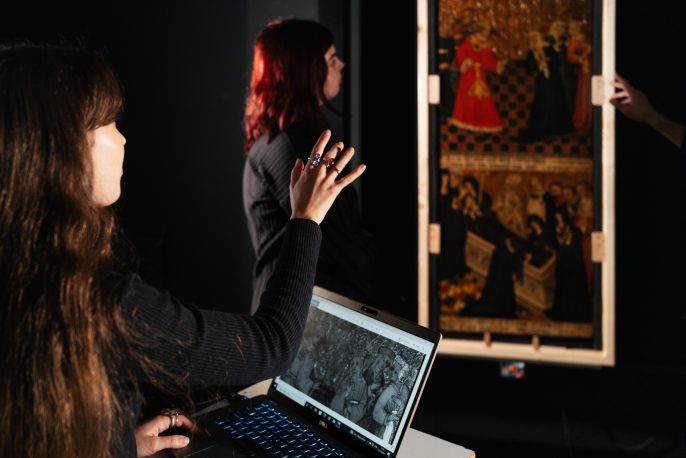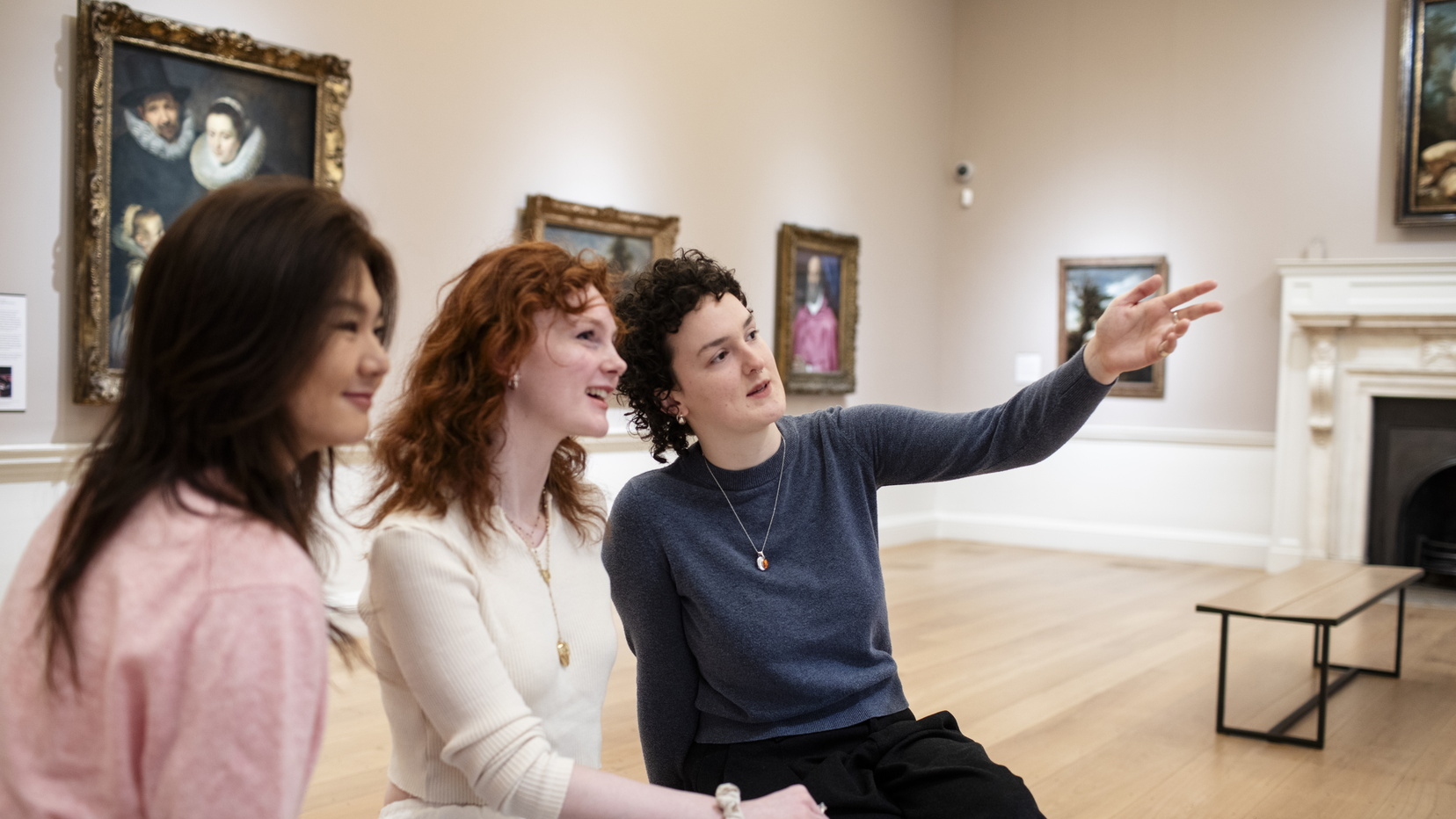
News Archive 2025
My Favourite Painting at The Courtauld Gallery – by students at The Courtauld
With centuries of art history at our fingertips, it’s often hard to choose just one favourite artwork. But that’s exactly the challenge we set to students at The Courtauld – what is your favourite work of art on display at The Courtauld Gallery, and why?
Hear their responses and see some of our most-loved works in a new light.
Female Nude (c.1916) by Amadeo Modigliani
Georgios Batzanopoulos, BA History of Art student
When the Female Nude by Amadeo Modigliani was first presented in Paris in 1916, it was met with fierce reactions because of its obscenity. The familiarity of today’s society with the nude body and erotic imagery allows us to view Modigliani’s work without being disturbed by its original controversiality.

What is captivating in this painting is the contrast between its appearance and its aura. The subject is seemingly erotic — a naked, idealised young woman, portrayed at the peak of her beauty, with her body directed towards the viewer, thus exposing all of her erogenous zones. However, the woman’s expression transmits a deeply serene aura which veils her seductive appearance. I have attempted numerous times to treat this painting erotically, but it almost feels sacrilegious. While the woman is naked, she gives the impression of being entirely clothed. The interaction with the Female Nude is very similar to that of an icon of the Virgin Mary, specifically the Virgin of Tenderness. It invites a worship-like experience, where the viewer feels obliged to approach the Ur-female with respect and piety. Yet, it creates a personal and intimate relationship with the viewer, accompanying him even after leaving the gallery.
In a Private Dining Room at the Rat Mort (c.1899) by Henri de Toulouse-Lautrec
Laura Tomsova, BA History of Art student
My favourite work in the Courtauld collection is In a Private Dining Room at the Rat Mort (c.1899) by Henri de Toulouse-Lautrec. I first fell in love with art history because of Toulouse-Lautrec’s vivid scenes of nightlife in late 19th-century Paris, and this painting continues to fascinate me.
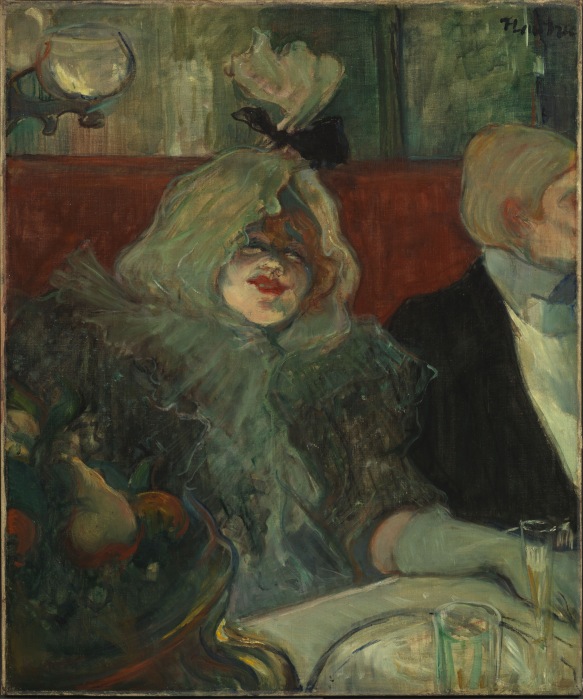
At the heart of the painting is Lucy Jourdain, a cocotte—a term used at the time for a high-class prostitute. Like Lautrec himself, Lucy existed on the margins of polite society. She looks directly out at us with warmth, creating a sense that we’re sharing a private moment or perhaps an inside joke. But something unusual catches the eye: Lucy’s hood closely resembles the shape of the pear resting quietly beside her in a fruit bowl. Lautrec seems to suggest a subtle connection—Lucy, like the pear, appears passive and waiting, an object ready to be chosen by those around her. Through this visual metaphor, Lautrec skilfully draws attention to Lucy’s complex position in society—admired yet objectified, surrounded by people but isolated.
Even more striking is Lautrec’s decision to crop out the face of the man sitting next to Lucy. By removing his identity, Lautrec shifts our full attention onto her. She becomes more than an accessory; she is the dignified centrepiece of the composition. The scene’s strange greenish glow evokes the dizzying, dreamlike atmosphere of a late-night café—filled with alcohol, cigarette smoke, and blurred senses. Lautrec’s rapid, loose brushstrokes make the painting feel intimate yet fleeting, as if we’re glimpsing a brief, smoky moment.
Created during a difficult period in Lautrec’s life, marked by illness and addiction, the painting goes beyond simply showing a nightlife scene. It explores deeper human emotions—loneliness, connection, and vulnerability. For me, this powerful work encourages us to look beyond surface glamour, urging us to consider the emotional truths beneath.
Landscape by Moonlight (1635) by Peter Paul Rubens
Yoyo Hou, BA History of Art student
Rubens’ Landscape by Moonlight has always held a special place in my heart. When I first visited the gallery before I joined the Courtauld as a student, I expected to be drawn mainly to the Impressionists. However, this 17th-century landscape painting captivated me in a way I hadn’t anticipated, with its dreamlike beauty and a sense of vitality within stillness.
Despite its modest size, the painting has a remarkable presence. Everything is so cleverly and subtly done: tiny sparkles of yellow paint indicate the twinkling stars, enlivening the darkness of the night without disturbing its serenity. Rubens captures the landscape with an observational precision—the silhouettes of trees, the quiet path, the soft gleam of water—but there’s also a dreamlike stillness that distances it from the everyday. This duality between the realistic and the atmospheric makes the painting familiar yet mysterious, like something we might see in a dream.

I am particularly drawn to the layering of brushstrokes Rubens used to depict the sky. The surface retains a textured, almost scratchy quality, yet it allows for subtle shifts between tones—traces of pink are visible underneath the loose layer of dark blue. The soft contrast between colours makes the serene night sky feel alive, as if it is quietly glowing from within. This unusual technique not only shows Ruben’s artistic prowess and innovation, but also makes his painting deeply beautiful.
In the early 17th century, landscape painting was still gaining ground and was often considered subordinate to mythological or history painting, which dominated artistic circles. But Rubens didn’t see it that way. While he’s most famous for his dramatic history and religious scenes, he treated landscape with the same intensity and attention to detail. I find it fascinating that a genre still in its infancy at the time could be transformed into something so captivating.
The longer one looks, the more the painting reveals. Landscape by Moonlight is a work that rewards patience, inviting us to pause, breathe, and notice the minute details that make the scene come alive. It also invites us to be daring to break the ground and discover beauty with fresh eyes.
